Surface Duo going to a single folding screen is lame, but the right call to make
The market has spoken, and Microsoft is rightly pivoting to make its productivity Android phone a success.
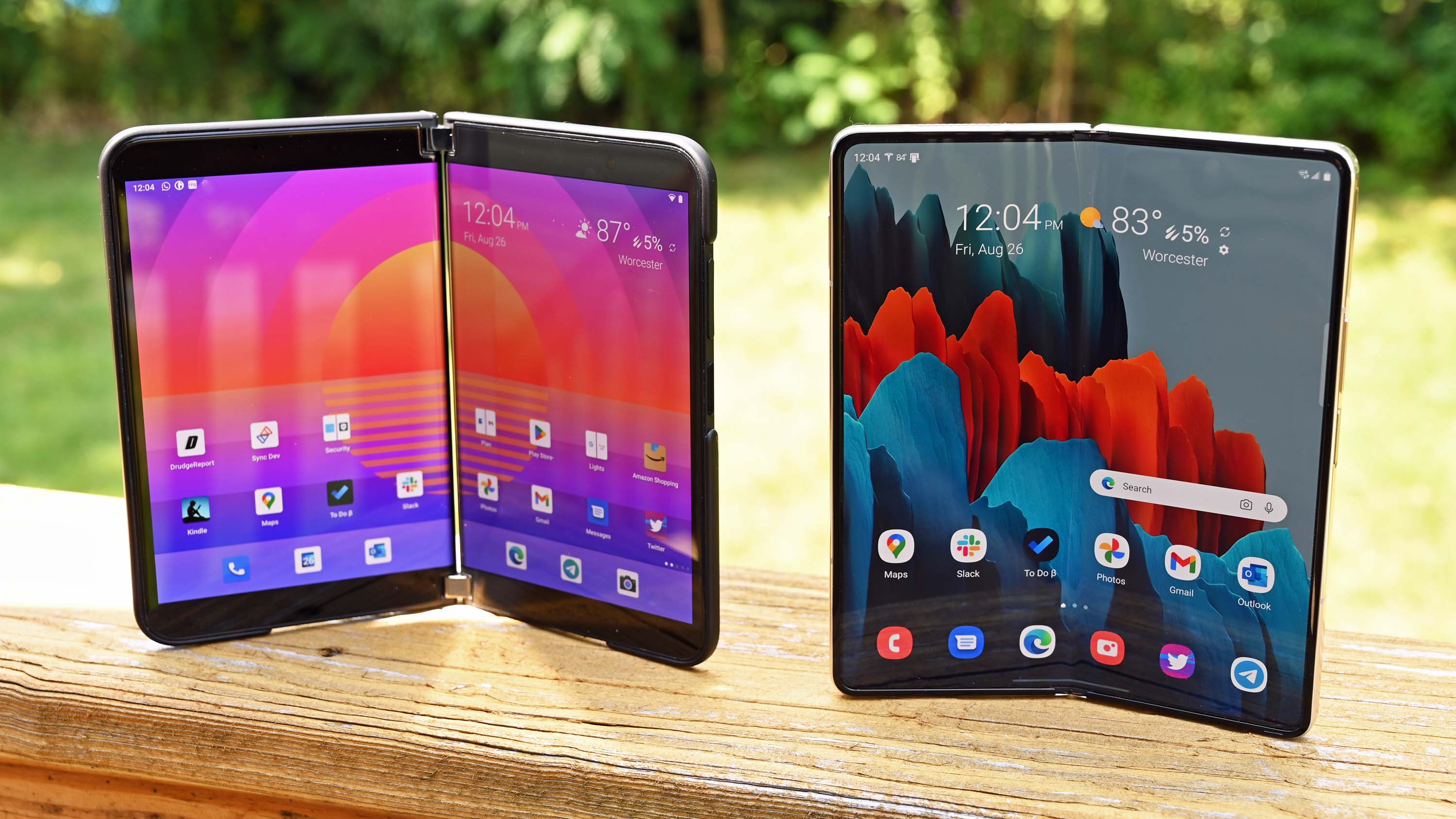
There’s no hiding that I’m an advocate for dual screens regarding Surface Duo. While I certainly appreciate and think single-screen foldables are fantastic, I respected what Microsoft attempted to do with Surface Duo and its follow-up Surface Duo 2.
A new report from our own Zac Bowden says Microsoft has finally decided to move away from dual screens to a single-screen foldable for whatever follows Surface Duo 2. We’ve discussed a potential move like this since last summer on our weekly podcast, so it is hardly surprising if you’ve been paying attention.
Microsoft’s decision disappoints me, but I also agree with it. Here’s why.
First off, I’m a believer in the market. And while I’ve vouched for niche devices in the past, which is effectively the entire PC laptops industry with its various form factors, that device also needs to be at least somewhat popular.
Surface Duo was not that because it has a severe image problem.
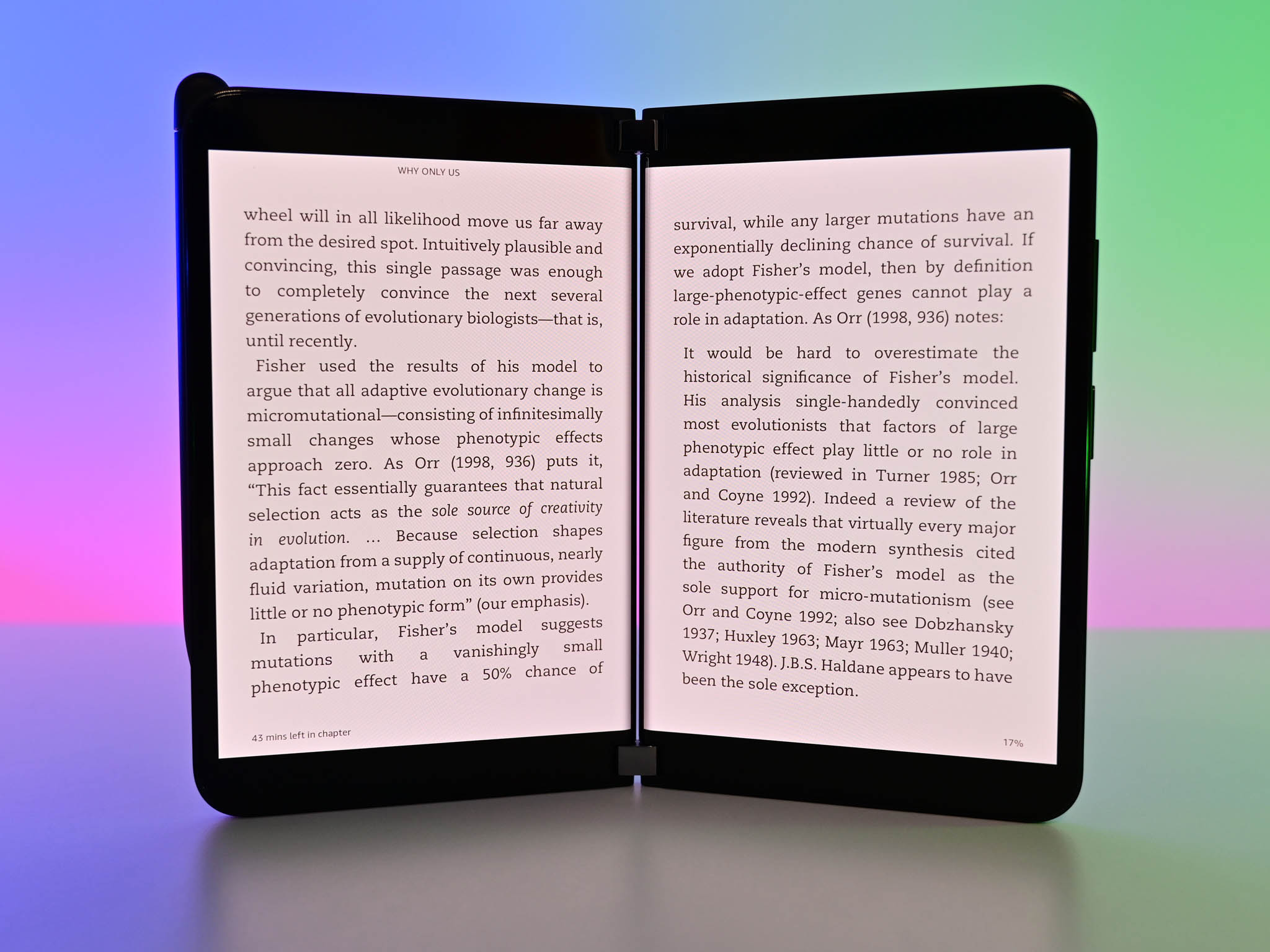
Bowden noted on Twitter that most people see Surface Duo as a Samsung Galaxy Z Fold 4 with a huge flaw: A gap down the middle. I feel that’s the wrong way to view Surface Duo, and those who use the device will back me up here. Still, despite my attempts to get people to think differently, I agree with Bowden’s assessment — people who don’t own Surface Duo don’t understand Surface Duo.
Many also didn’t get Microsoft’s Windows Phone. While we can blame the public, we can’t ignore them.
Get the Windows Central Newsletter
All the latest news, reviews, and guides for Windows and Xbox diehards.
We can blame the public, but we can’t ignore them for not understanding Surface Duo.
Maybe that’s all a flaw in Microsoft’s marketing, or lack thereof, in educating the public about the virtues of a dual-screen phone. That’s true, but I also don’t believe it wouldn’t have mattered much. A device like Surface Duo would have been much more successful if Samsung’s foldable wasn’t already on the market competing in mindshare. The comparisons, while superficial, were inevitable.
I’ll also note that Microsoft canceling Surface Duo’s bigger brother — Surface Neo — did not help. If both devices came out simultaneously, people would at least see some synergy (even if they run different operating systems) and not some one-off device. That would have helped the cause for dual screen acceptance, but even there, I questioned the size of the Surface Neo as being too small for a PC. (Luckily for us, Lenovo is swooping in with its lovely Yoga Book 9i).
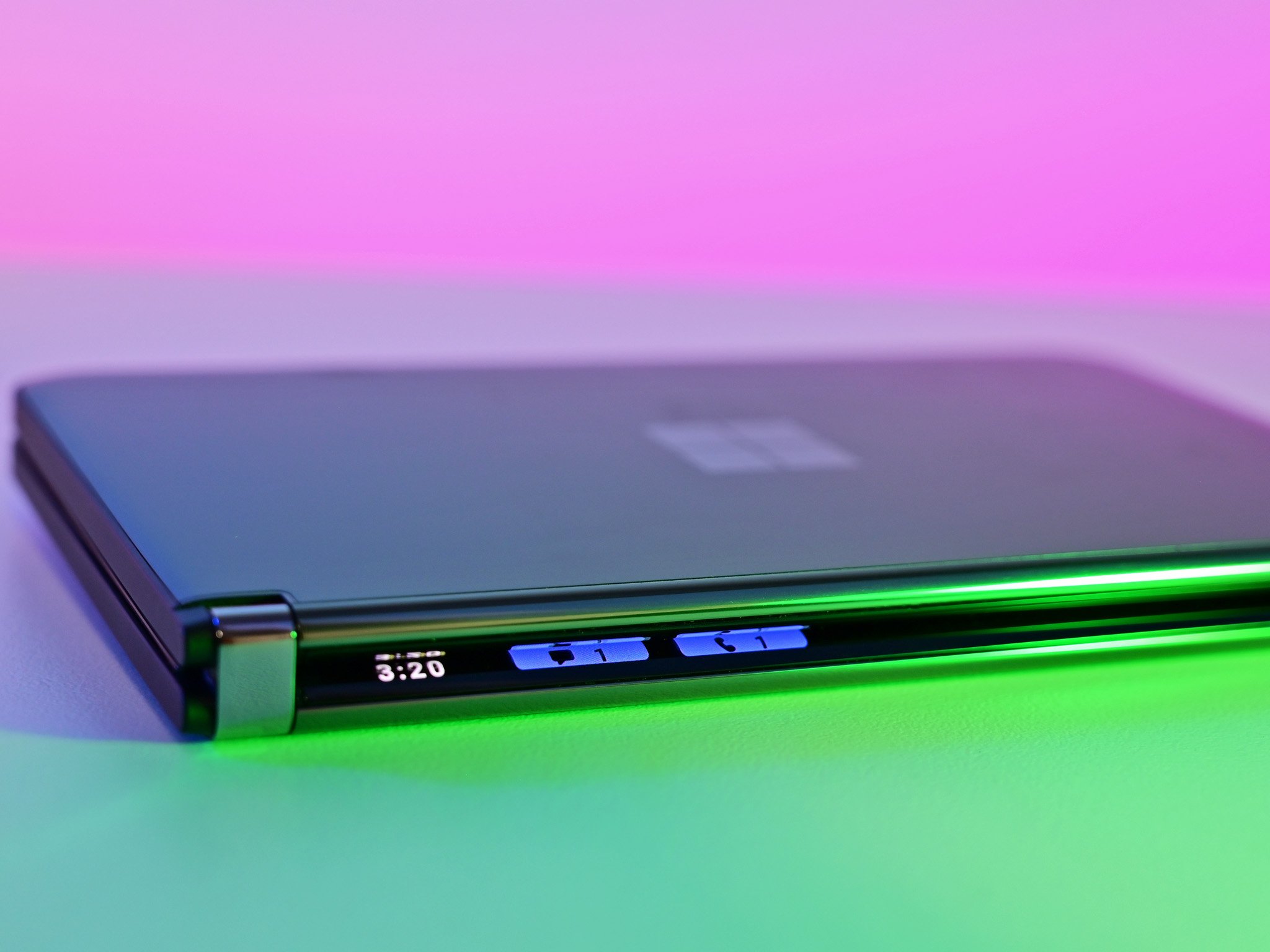
There’s also the more significant problem that Surface Duo and Surface Duo 2 came out of the gate with terrible reviews. Putting aside how many of those reviewers didn’t understand the function of dual screens per se, the buggy OS experience most certainly made the matter much worse.
They say first impressions matter for a reason.
Why going single foldable screen is a good thing
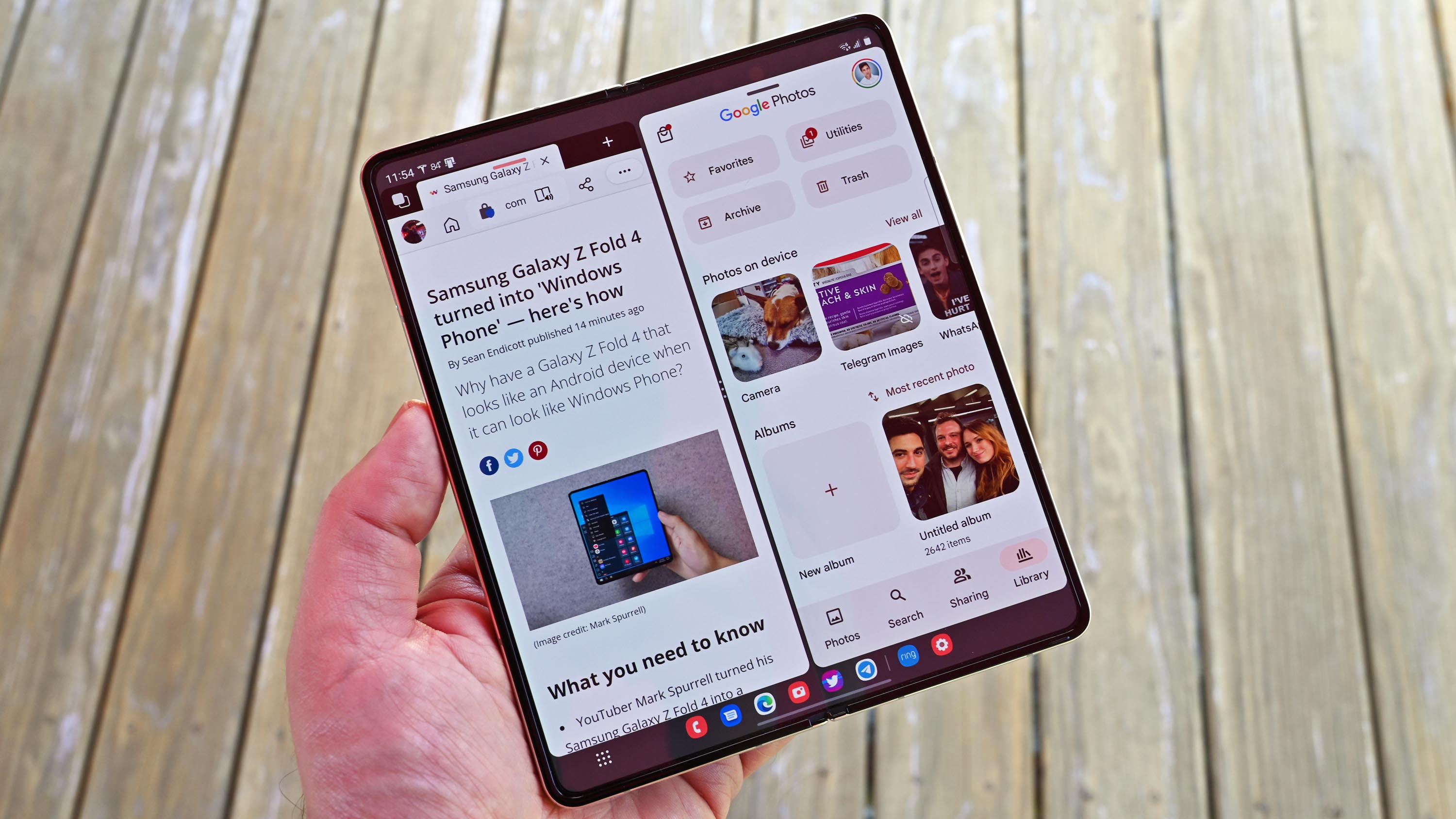
Microsoft’s choice to go to a single foldable screen garners some new advantages that may not be clear. Sure, the concept is now much more familiar, so it is not combating that perception problem it had previously. Of course, that’s already huge, but I think most people can figure that benefit out without help.
But the more significant advantage is that Microsoft will likely source on-market display options from either LG or Samsung. That’s a shift from Microsoft having to have custom dual screens made to its specifications that no other company in the world was using. Doing boutique, custom parts from a production standpoint is costly. In addition, complexities make it more likely to hit supply constraints or other production problems.
A single-screen foldable Surface Duo would likely be much cheaper than a dual-screen.
The cost decreases significantly if Microsoft uses a foldable display that other companies are already leveraging. We see this all the time in the PC industry. For example, only Microsoft uses 3:2 displays in its Surface devices. Other OEMs didn’t jump on board right away because of the cost. However, as display makers began ramping up production, we saw more OEMs adopt the aspect ratio (I’ve heard this firsthand from OEMs). The same goes for 4K screens, OLED, fast refresh rate displays, full HD webcams, and more.
Trickle-down tech is a thing.
Not only does this choice of display tech reduce costs, but it makes availability much better too. That’s important if you want to control volume and have a product that has fewer issues.
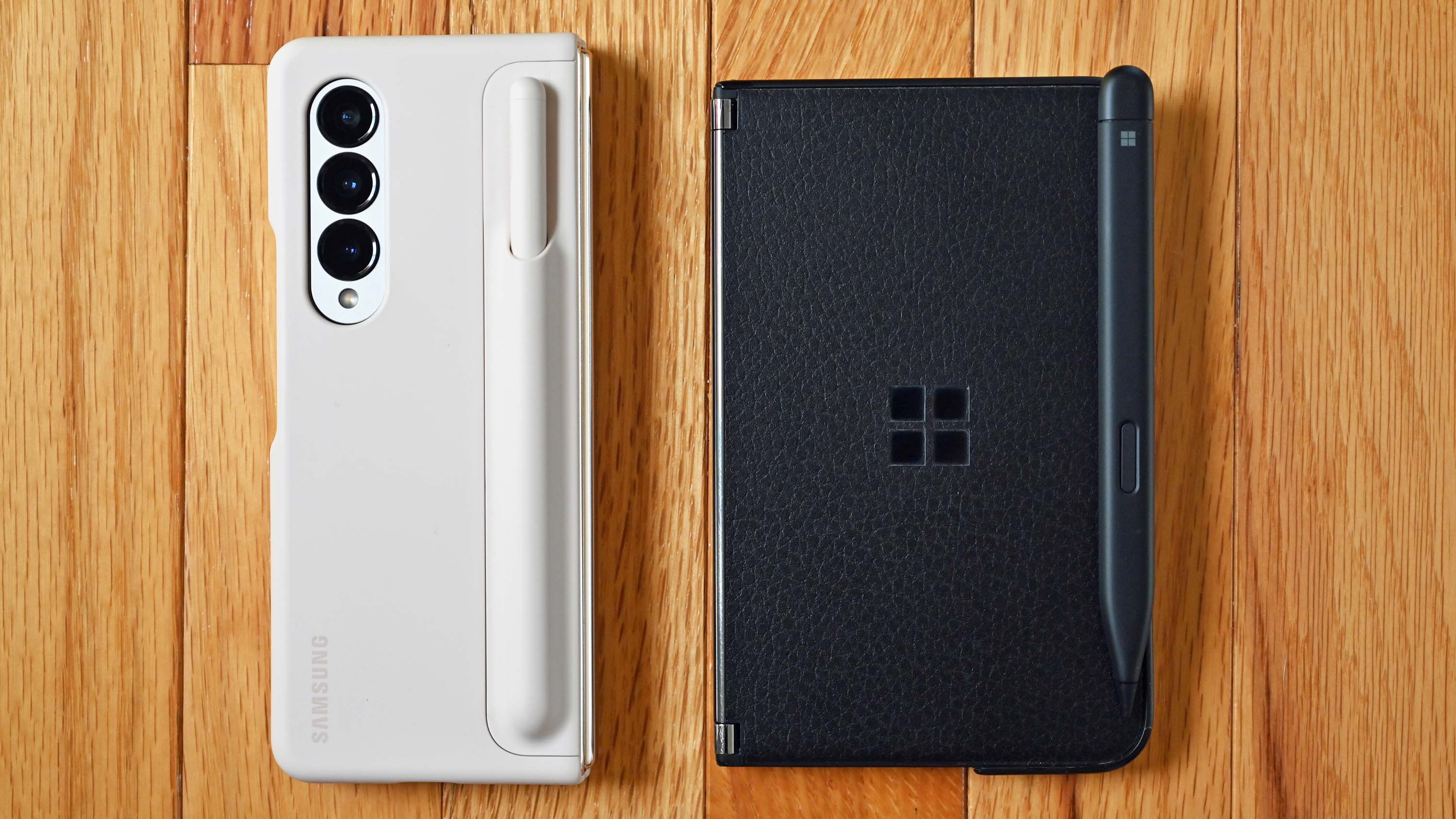
That cost saving is likely to be passed down to the consumer. For a good reason, many balked at the price of Surface Duo and Surface Duo 2. But all the custom hardware (batteries, board components, wiring, displays) drove up costs (our sourcing says Microsoft was barely making a profit on them).
By adopting a “me too,” strategy Microsoft could make “Surface Duo 3” much more competitively priced. That’s another piece of the puzzle to sell more devices for obvious reasons.
But now there’s a new problem …
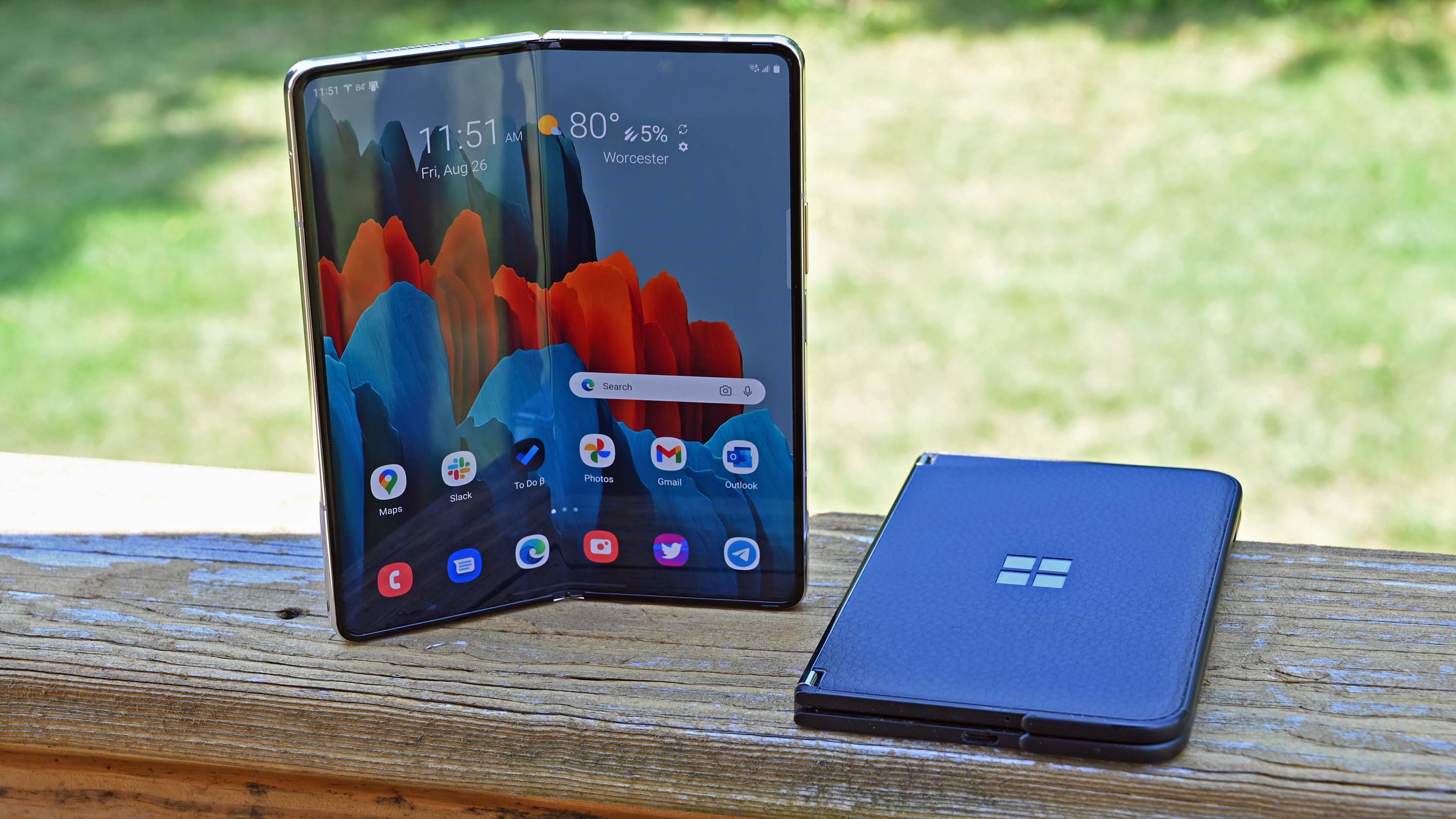
Not everything is turning up roses with a single-screen foldable from Microsoft. You likely already thought of the million-dollar question: How does Microsoft make this thing different from Samsung's foldable and better?
That I don’t know.
I’d like to see Microsoft replicate the dual-screen experience on a single screen as a default behavior. This behavior already happens when you plug Surface Duo into an external display since Android doesn’t actually “see” two screens, just one with a software gap in the middle.
How Microsoft solves this differentiation problem will be the thing to watch.
Being just software, Microsoft could give users a toggle to make that dual-screen experience optional. But, of course, that’s trivial to solve if you want every app to launch full screen.
Microsoft could also make the phone work better with Windows 11. It’s already reportedly working on such a project, but it seems Android-wide and not device-specific, so I’m not sure how it one-ups Samsung here.
For some, simply having a stripped-down Android experience with preloaded Microsoft apps is a good enough reason. I think that’s fine for the fans, but I don’t see that as a winning solution against Samsung’s installed user base and advertising machine.
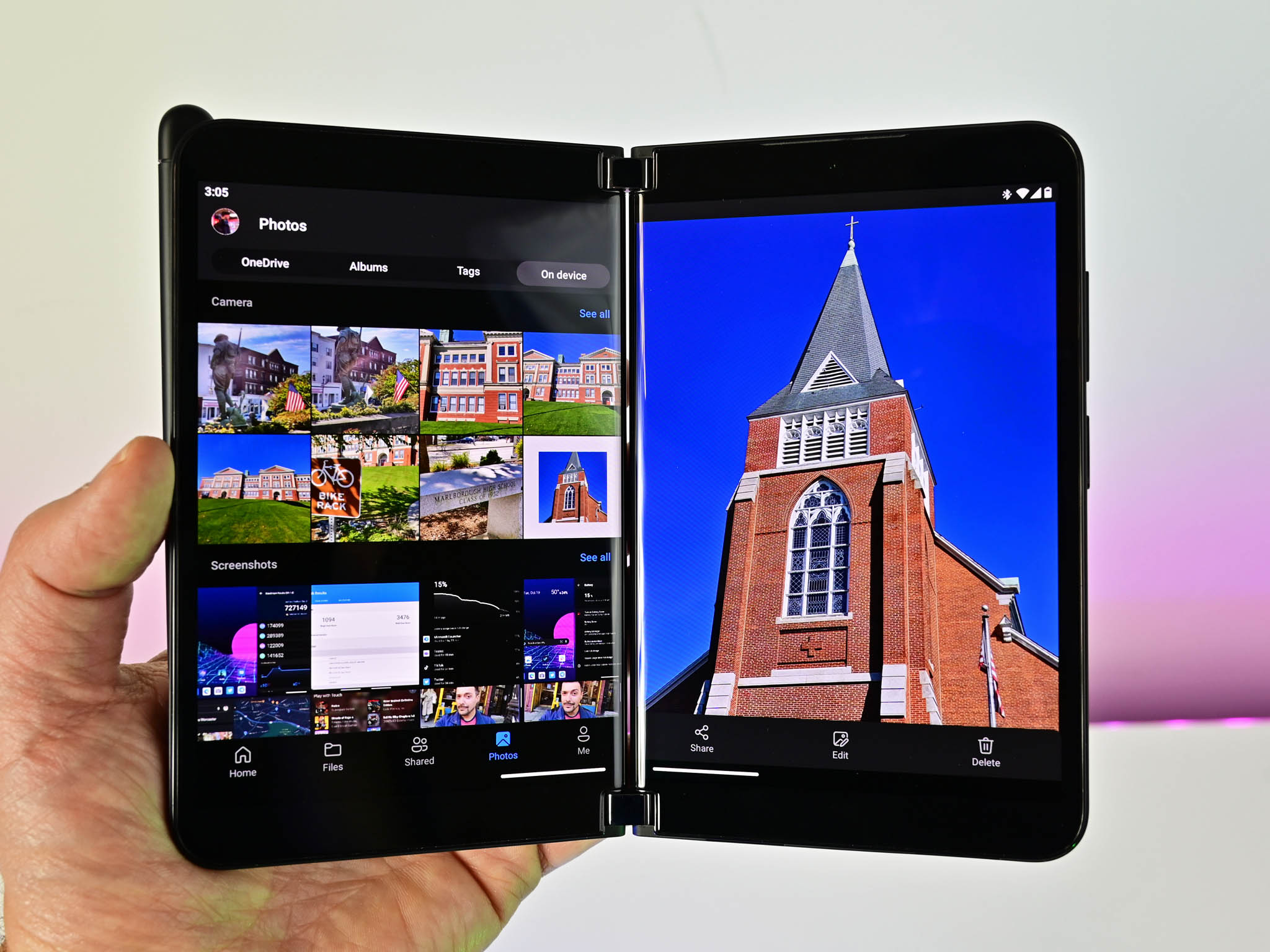
How Microsoft solves this differentiation problem will be the thing to watch.
Some of this may be moot, however. While I was covering the smartphone revolution in 2007, I don’t recall people saying LG, HTC, Samsung, OnePlus, Huawei, etc., shouldn’t make a smartphone because we already had a single-screen winner with Apple.
It’s weird to believe that only one company can make a single-screen smartphone, and the same applies to foldables. Imagine if Samsung (and only Samsung) made one traditional Android phone! I think people may want a bit more variety.
But to wrap this up, Microsoft made the right choice if its only concern is making Surface Duo a viable product line worth continuing. If going single-screen foldable helps that cause, as I believe it does, then that’s a good thing, as I’d rather have a foldable Surface Duo 3 than nothing, given a choice. I just hope Microsoft fixes the things Samsung got wrong.

Daniel Rubino is the Editor-in-chief of Windows Central. He is also the head reviewer, podcast co-host, and analyst. He has been covering Microsoft since 2007 when this site was called WMExperts (and later Windows Phone Central). His interests include Windows, laptops, next-gen computing, and wearable tech. He has reviewed laptops for over 10 years and is particularly fond of 2-in-1 convertibles, Arm64 processors, new form factors, and thin-and-light PCs. Before all this tech stuff, he worked on a Ph.D. in linguistics, performed polysomnographs in NYC, and was a motion-picture operator for 17 years.
